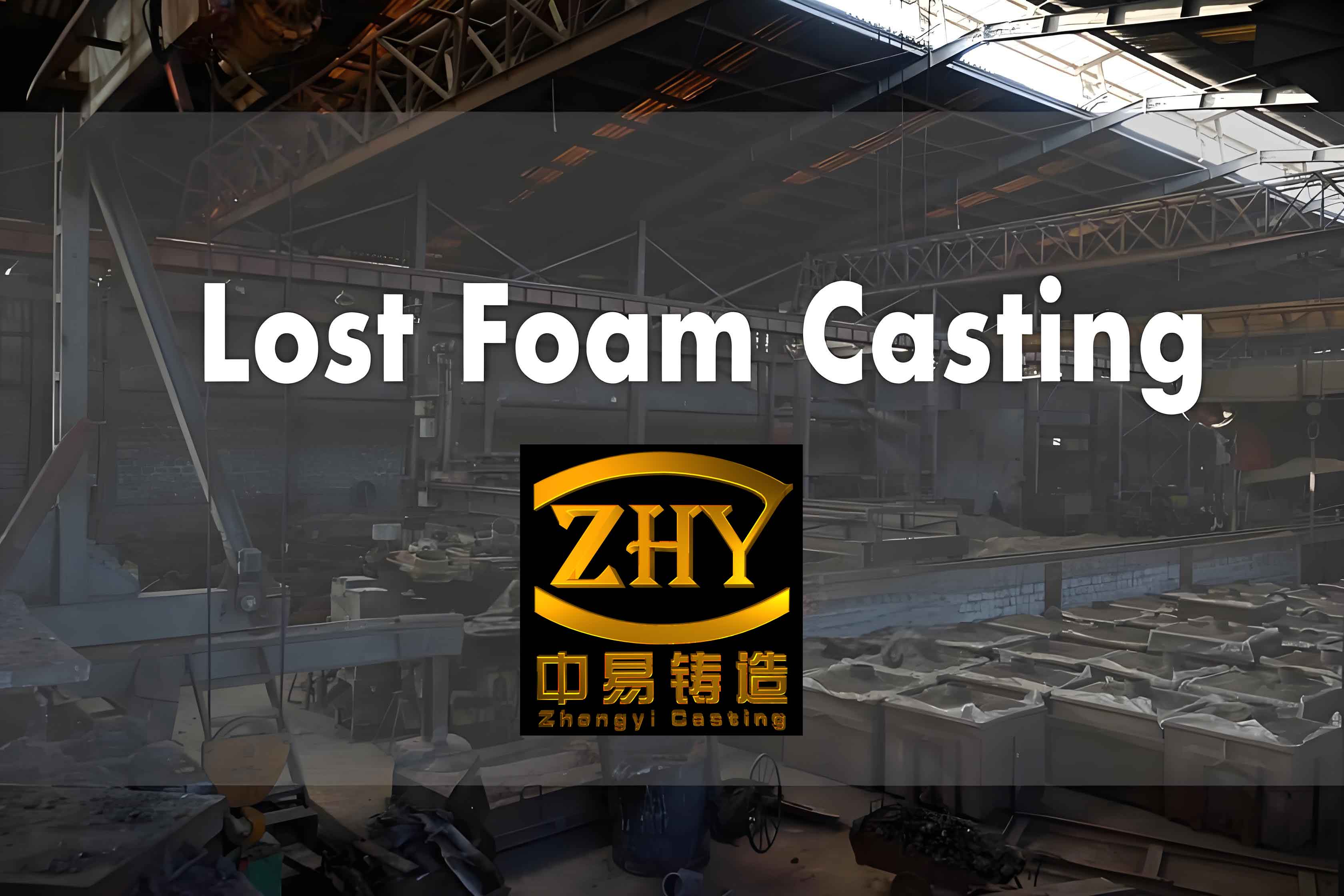Lost foam casting, also known as expendable pattern casting, has revolutionized the foundry industry due to its advantages in precision, cost efficiency, and environmental sustainability. Often termed the “21st-century casting technology,” it eliminates the need for traditional sand molds by utilizing foam patterns that vaporize during metal pouring. A critical component in this process is the coating applied to the foam pattern, which directly influences casting quality by preventing defects like sand penetration, gas porosity, and surface roughness.

Materials and Experimental Design
The coating formulation comprises refractory aggregates, binders, suspending agents, and additives. Key components include:
- Refractory aggregates: Alumina spar powder (50%), talc powder (30%), kaolin (15%), and cryolite powder (5%).
- Binders: Fast-drying silica sol (5%) and polyvinyl alcohol (PVA, 2%).
- Suspending agents: Sodium lignosulfonate (6%) and pretreated attapulgite (2%).
- Additives: T-80 surfactant, Fe2O3 oxidizer, and n-butanol defoamer.
An orthogonal L9(34) experimental design was employed to optimize the binder and suspending agent ratios. Factors and levels are summarized in Table 1.
| Factor | Level 1 | Level 2 | Level 3 |
|---|---|---|---|
| Silica sol (A, wt%) | 4 | 5 | 6 |
| PVA (B, wt%) | 2 | 2.5 | 3 |
| Sodium lignosulfonate (C, wt%) | 4 | 5 | 6 |
| Attapulgite (D, wt%) | 1 | 2 | 3 |
Performance Metrics and Analysis
Coating properties were evaluated using:
- Brushability index: $$ M = \frac{\eta_{10}}{\eta_{100}} $$ where η10 and η100 are viscosities at 10 rpm and 100 rpm.
- Gas evolution: Measured via GET-III analyzer at 1,200°C.
- Coating strength: Quantified by sand abrasion resistance.
Orthogonal test results (Table 2) revealed that attapulgite content (Factor D) most significantly influenced brushability, while PVA content (Factor B) dominated gas evolution. Silica sol (Factor A) critically affected coating strength.
| Run | Brushability (M) | Gas Evolution (mL/g) | Coating Strength (g) |
|---|---|---|---|
| A1B1C1D1 | 6.4 | 17.8 | 612 |
| A1B2C2D2 | 7.9 | 27.3 | 718 |
| A1B3C3D3 | 9.7 | 22.4 | 665 |
| A2B1C2D3 | 9.1 | 24.4 | 768 |
| A2B2C3D1 | 8.5 | 33.5 | 849 |
| A2B3C1D2 | 12.1 | 21.2 | 833 |
| A3B1C3D2 | 11.5 | 19.6 | 947 |
| A3B2C1D3 | 8.6 | 35.3 | 703 |
| A3B3C2D1 | 7.8 | 30.5 | 651 |
Optimized Coating Characteristics
The optimal formulation (A2B1C3D2) demonstrated:
- Density: 1.46 g/cm³
- 24-hour suspension stability: 97%
- Gas evolution: 19.6 mL/g
- Coating strength: 947 g
Compared to commercial XYSS-110 coatings, the developed formulation reduced costs by 22.1% while maintaining comparable high-temperature crack resistance (Grade I) and adhesion properties. Scanning electron microscopy revealed uniformly distributed pores (Figure 1), which facilitate gas escape during lost foam casting, minimizing surface defects.
Conclusion
This study successfully developed a cost-effective water-based coating for lost foam casting of iron components. The synergistic combination of alumina spar powder and cryolite effectively controls carbon deposition, while optimized binder-suspender ratios enhance brushability and thermal stability. The formulation addresses critical challenges in lost foam casting, including gas entrapment and coating spalling, making it suitable for industrial-scale applications.
